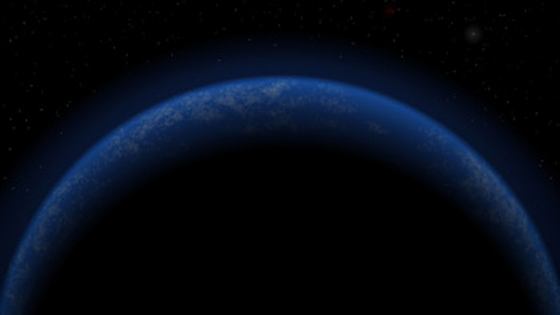Astronomers discover “potentially” habitable “Earth-like” planet “near us.” Qualifiers ++
Let’s all double-down on the qualifiers here, people. A mere 12 light-years away lurks a planet that may be habitable. So even though we can never reach it, and we will never truly know, let’s all get excited.
Gizmodo:
This is really exciting: an international team of astronomers has discovered that Tau Ceti, the closest single star like our Sun, has planets just like our solar system. But more importantly, one of these planets orbits in the habitable zone around the star.
Tau Ceti is very close to Earth. It’s only 12 light-years away, which in cosmic terms is just around the corner. It’s so close that we can see it with the naked eye at night.
The most exciting news is about the Earth-ish planet found in this solar system’s goldilocks region, the circumstellar zone in which, theoretically, life could develop.
The artist’s impression above shows its five planets with masses that range between two to six times the mass of Earth. The astronomers, who used more than six-thousand observations and three different instruments to gather the results, say that this is “the lowest-mass planetary system yet detected.”
This is an important discovery, as it shows once again that almost every star has planets. According to UC Santa Cruz professor of astronomy and astrophysicist Steve Vogt—one of the authors of the study that is going to be published in the scientific journal Astronomy & Astrophysics—”this discovery is in keeping with our emerging view that virtually every star has planets, and that the galaxy must have many such potentially habitable Earth-sized planets.”
The sightly bad news is that the universe seems to give rise to systems that have planets with orbits less than 100 days. According to Vogt, “this is quite unlike our own solar system, where there is nothing with an orbit inside that of Mercury. So our solar system is, in some sense, a bit of a freak and not the most typical kind of system that Nature cooks up.”




